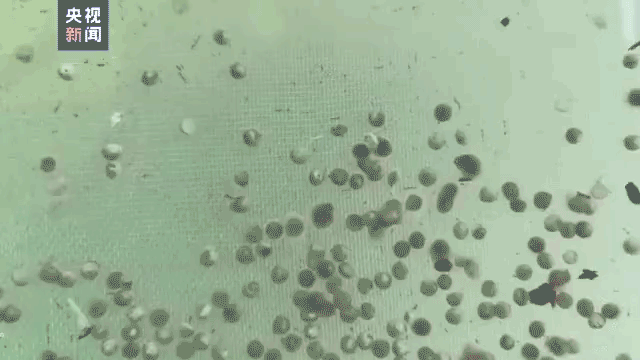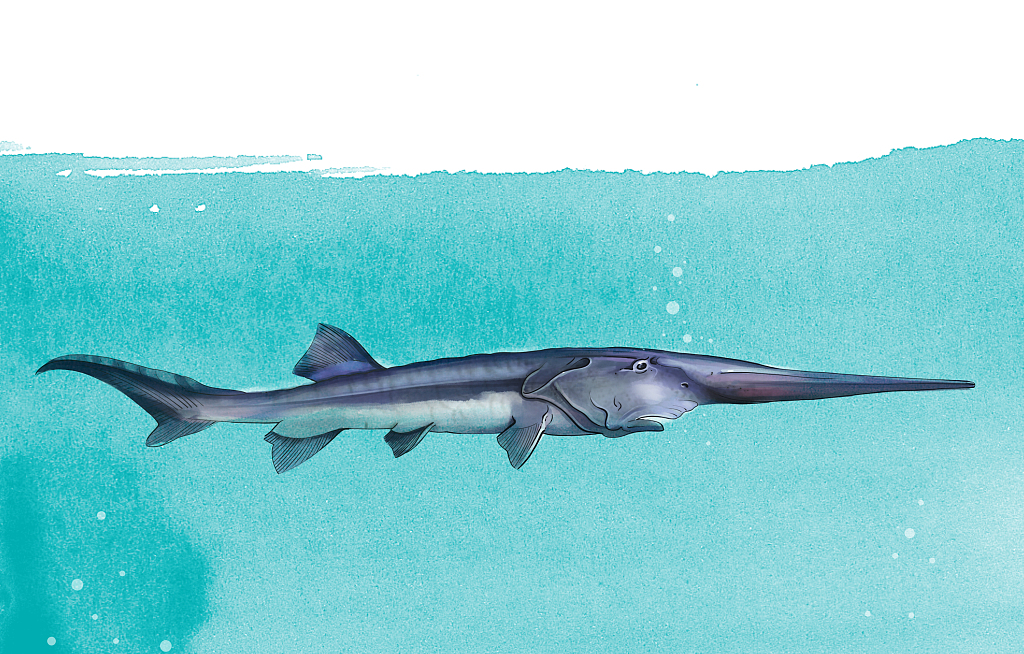China has just made a major breakthrough in the protection of the Yangtze sturgeon, which is an endangered species under first-class national protection, with a recent test showing that the rare fish can reproduce naturally in the wild for the first time in 23 years.
The Ministry of Agriculture and Rural Affairs on Monday said that the natural ovulation and fertilization of Yangtze sturgeon had been captured by underwater cameras during a test last week, and that the eggs hatched into seedlings on Friday.

The eggs produced by Yangtze sturgeon. /CMG
The eggs produced by Yangtze sturgeon. /CMG
Yangtze sturgeon lost their natural ability to reproduce in 2000 due to overfishing and water pollution, among other factors. The International Union for Conservation of Nature declared the species from "critically endangered" to "extinct in the wild" in July last year.
Under that circumstance, scientists have been making so many efforts to rebuild the species' wild population. A breeding test of the species was launched in a tributary of the Yangtze River in Jiang'an County, and on March 19 this year, 20 sexually mature sturgeon, 10 males and 10 females, were placed into net cages that were monitored around the clock. Since March 21, the natural ovulation and fertilization of Yangtze sturgeon had been captured, and days later the hatched egg marked the success of this test.

Design picture of Yangtze sturgeon. /CFP
Design picture of Yangtze sturgeon. /CFP
The success of the test has proved that mature individuals in the artificial Yangtze sturgeon population have the ability to reproduce in the wild. This lays the foundation for the full restoration of the species' natural reproduction in the river.
With this latest breakthrough, the ministry has said that further efforts will be made to expand the natural reproduction test, increase the species' population in the wild, and restore their habitat in the hopes of forming a self-sustaining natural population at an early date.
(Cover image via CFP. With input from Xinhua.)
(If you want to contribute and have specific expertise, please contact us at nature@cgtn.com.)